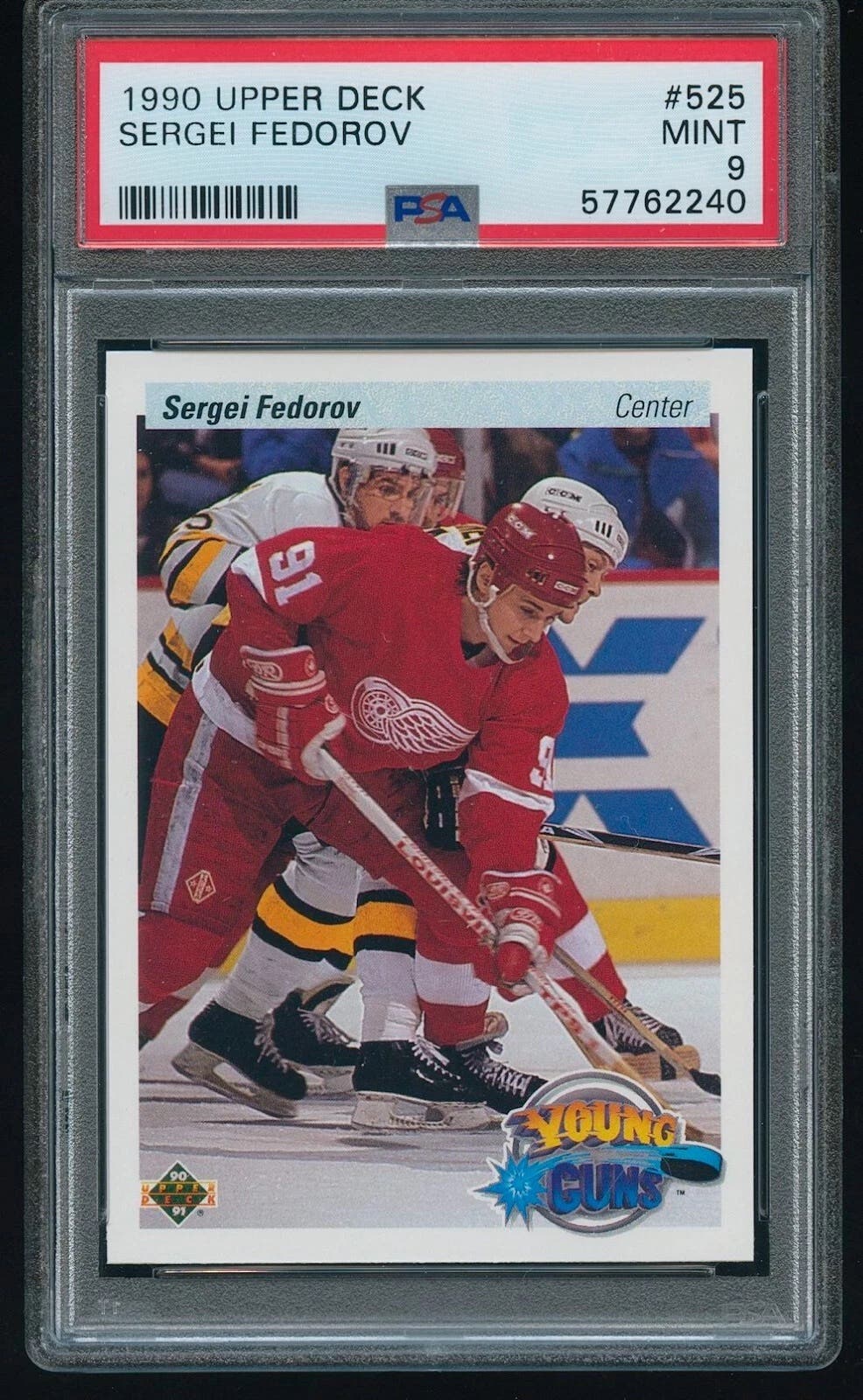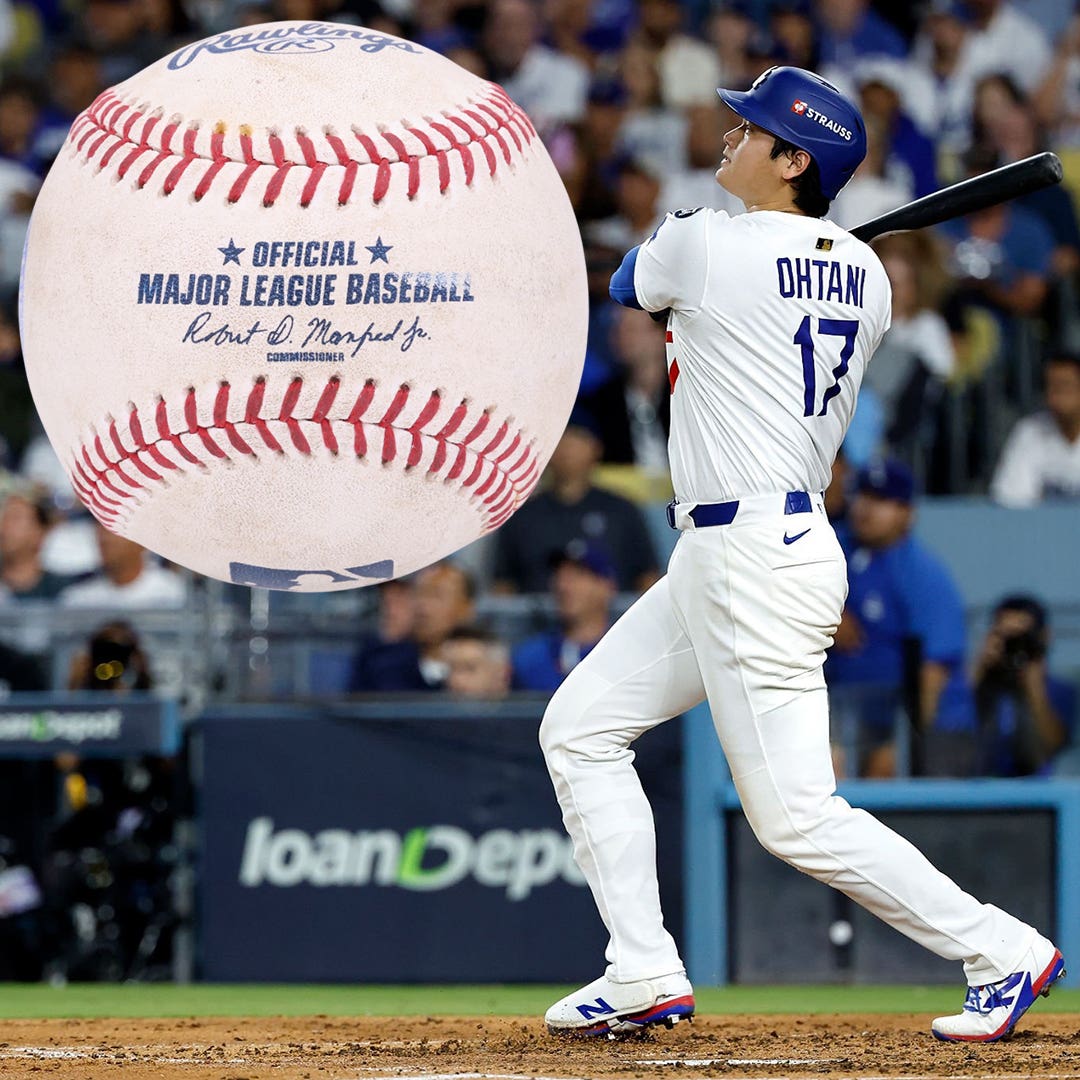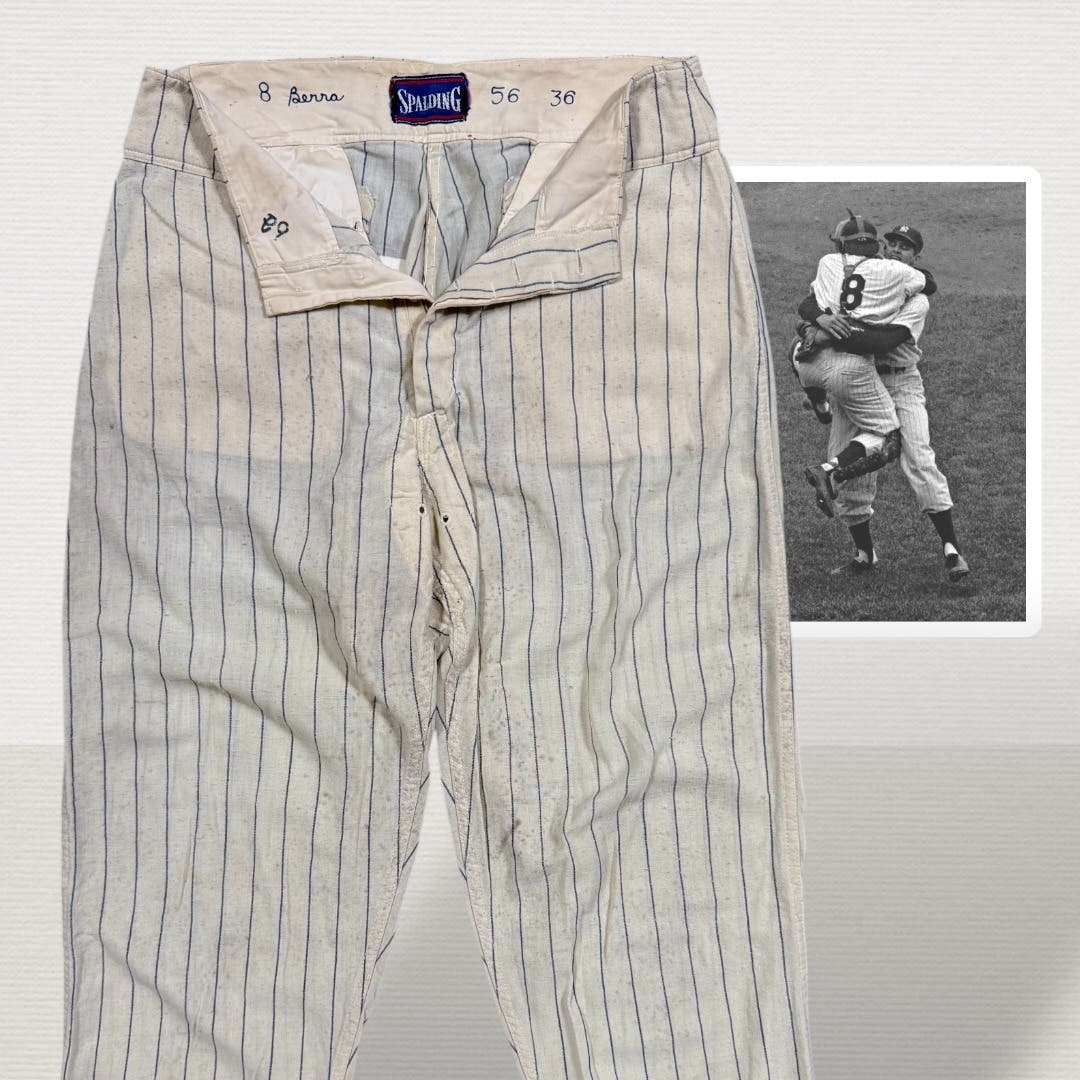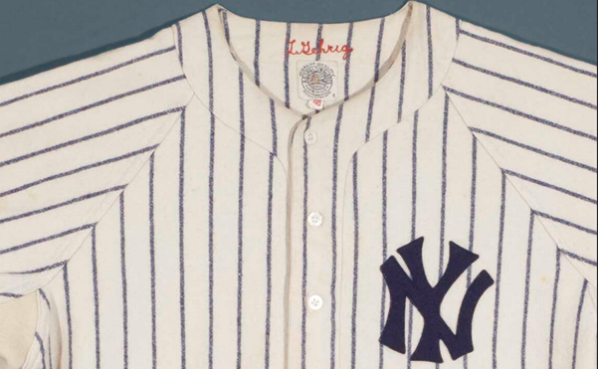News
You betcha: Maris has his own museum in Fargo
Fargo, N.D. is a much different town than the one Roger Maris grew up in before embarking on a major league career that saw him break Babe Ruth’s record for most home runs in a season.
The city is exploding with growth in every direction as it stretches out across the northern Plains.
While embracing the future, civic leaders have done well by remembering Maris, one of Fargo’s most famous sons, with a handsome museum that pays homage to one of the most dedicated, hard-working and unassuming athletes ever to set foot on a diamond.
“I never wanted all this hoopla,” Maris once said. “All I wanted was to be a good ballplayer and hit 25 or 30 home runs, drive in 100 runs, hit .280 and help my club win pennants. I just wanted to be one of the guys, an average player having a good season.”
That single quote sums up what Maris was all about: a family man who shunned the limelight, but was inescapably cast into it as he pursued Ruth’s home run record during the 1961 season. Unfairly, he was kept from enjoying the full fruits of his achievements. Many fans and even some teammates quietly hoped that Mickey Mantle would break the record, because of his status as a longtime Yankee hero, compared to Maris who was traded to New York from Kansas in December 1959.
Then came the indignity of Commissioner Ford Frick’s ruling that Maris’ record would be accompanied by an asterisk, because his feat came in a 162-game season, eight more than the old 154-game campaign. For those who would quibble about nuance, there never really was an asterisk, but instead a separate listing in the record books for both home run records, a slight since abandoned.
The entire story is captured eloquently in a museum video that tells the entire Roger Maris story, from childhood sandlot days to his 12-year big-league career with the Indians, Athletics, Yankees and Cardinals. The museum has an amazing array of Maris memorabilia, from a recreated Yankee locker featuring his home uniform, cleats and bats to numerous photos, awards and baseball cards that chronicle his years as one of the game’s best all-around players.
“I can’t believe they haven’t put Roger Maris in the Hall of Fame,” former teammate and Yankee hurler Ralph Terry said. “He was a two-time MVP, which means he was the dominant player in his era. Roger broke the record fair and square. He should waltz right in to the Hall of Fame. Why he’s not in, it should be an embarrassment to baseball.
“He held the record for 37 years. They souped up the ball three or four times, lowered the mound, shortened every park in the big leagues except Fenway and Wrigley and still nobody did it until they started taking steroids.”
Located at Fargo’s West Acres Mall, which attracts more than 7 million people annually, the museum site was chosen by Maris himself because of its accessibility and extended hours for public visitation. “Put it where people will see it, and where they won’t have to pay for it,” he said.
“The museum opened in 1984, one year before Roger’s death,” said G. Bradly Schlossman, CEO of West Acres Development. “Roger was in Fargo in 1983 for the American Legion World Series. He played for the Fargo team as a youth. His friends, Bob Smith and Jim McLaughlin, talked to him about putting his memorabilia in a museum. The American Legion Post was the original developer of the museum and Jim was the primary ‘custodian’ for many years. Roger personally attended the museum’s dedication.”
In 2003, West Acres completely rebuilt the museum and is responsible for its upkeep. Most of the museum’s contents belonged to Maris and this memorabilia is still owned by the Maris family today. They return to Fargo each June for the Roger Maris Celebrity Golf Tournament, which has raised a cumulative total of more than $1 million in its history. The event benefits three charitable causes: the Roger Maris Cancer Center, Hospice of the Red River Valley and Shanley High School (Roger’s high school).
“His two MVP’s were notable omissions, but the family brought them to the museum this summer,” Schlossman said. “They arrived in June. The 61st home run ball is in Cooperstown. The number of museum visitors is not tracked independently from mall traffic, but we can say with confidence that interest in Roger is as strong as ever.”
That interest peaked during the summer of 1998 when Mark McGwire and Sammy Sosa battled head to head for the single-season home run record. Maris’ family was on hand in St. Louis when McGwire finally eclipsed Maris’ feat, eventually becoming the first player ever to hit 70 round-trippers in a season, which stood just three years until 2001 when Barry Bonds clubbed 73 homers to break the record again.
A decade after the McGwire-Sosa hysteria reached a fever pitch, Maris still holds the American League record for most home runs in a season, but unlike McGwire, Sosa and Bonds, his name has never been tainted by even a hint of scandal. When Maris is considered for Hall-of-Fame honors, the discussion is always about his playing career and nothing else; no steroids, performance-enhancing drugs or off-field diversions.
Yet Maris constantly found himself in the center of controversy and unwanted intrusions into his private life as he chased a record held by the game’s greatest legend.
“I think the most privacy I had was when the game was going on,” he said.
Maris officially joined the Yankees on Dec. 11, 1959, when he was traded by the Kansas City A’s along with Joe DeMaestri and Kent Hadley to New York in return for Don Larsen, Hank Bauer, Norm Siebern and Marv Throneberry. He became an instant star in the Bronx, winning the 1960 MVP Award by clouting 39 homers, driving in 112 runs with a solid .283 average. It was the kind of season he called “average,” but which today would make him one of the game’s highest-paid players.
With Maris in the mix, the Yankees won five straight pennants, a feat no other team has accomplished since. In the 1962 Fall Classic, his clutch fielding proved pivotal in the deciding Game 7. With two outs, bottom of the ninth, the Giants’ Matty Alou was on first base when Willie Mays drove a double down the right field line.
“Maris cut it off, the field was wet,” Terry recalled. “It didn’t go through to the wall. He made a nice cutoff and hit Bobby Richardson, who made a perfect relay to home.”
Third-base coach Whitey Lockman held Alou at third, preserving the Yankee lead. Next up, Willie McCovey belted a searing line drive that would have scored the winning runs, if not for Richardson’s sparkling catch at second base that brought the game and Series to a close. Maris, however, had made it possible with his hustling play in the outfield.
“He could outrun any right fielder or left fielder in the game,” Terry said. “He’s got track records in North Dakota. He had great speed.”
Richardson remembers exactly where he was when Maris hit his 61st home run. “I was in the dugout, which meant I wasn’t on base, of course, because I batted in front of him,” he said. “When the ball was hit you could tell it was gone, you knew the record had been broken. I remember goose pimples. As he rounded the bases he just touched his cap and I remember I was part of the ones that pushed him back out so that he could really acknowledge the fans who were giving him a standing ovation.
“He was just a shy Fargo boy who came to New York and didn’t like the limelight. It was just that simple.”
Unfortunately, Roger’s last two seasons in New York weren’t happy ones. The Yankees were a team in decline and Maris, plagued by injury, saw his numbers decline, too. Finally, he was dealt to St. Louis in December 1966 for an unheralded infielder, Charley Smith.
Maris’ relationship with the Yankees remained strained for many years until he finally relented and came back to New York for Old-Timers’ Day ceremonies on July 21, 1984, where fans poured out their adoration as his uniform No. 9 was retired. He was also presented with plaque that forever places him among the team’s all-time greats at Yankee Stadium’s famed Monument Park.
It reads: Roger Eugene Maris, “Against All Odds” – “In 1961 he became the only player to hit more than 60 home runs in a single season. In belated recognition of one of baseball’s greatest achievements ever, his 61 in ’61. The Yankees salute him as a great player and as author of one of the most remarkable chapters in the history of major league baseball.”
For more information see the website: www.rogermarismuseum.com.








